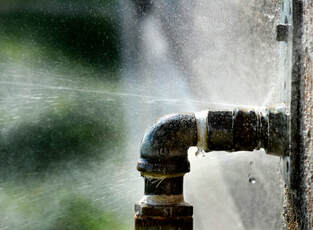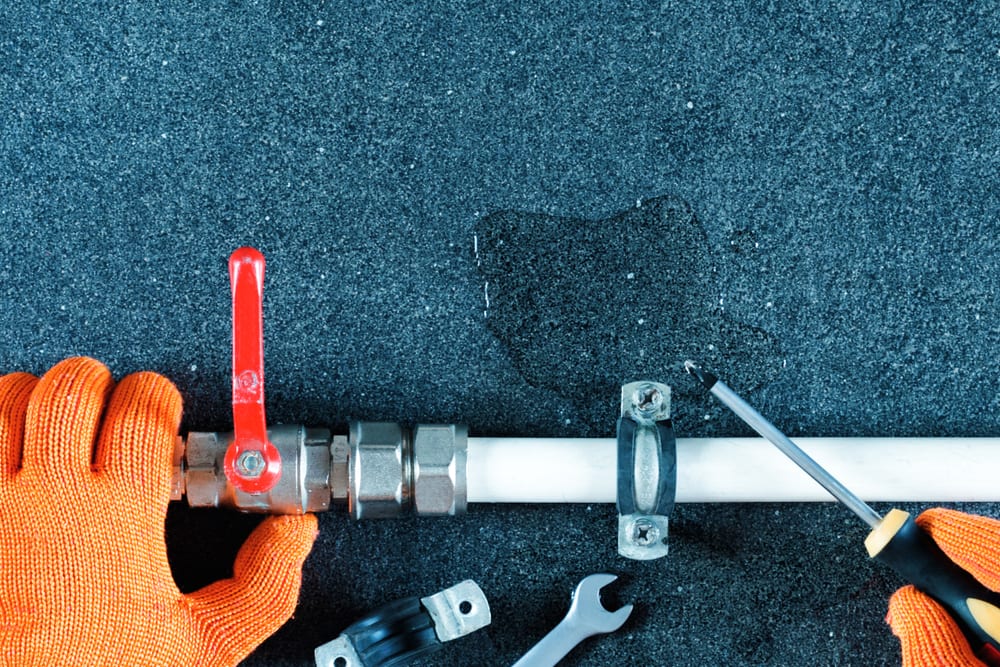Overview To Water Leakage Detection In Your Home
Overview To Water Leakage Detection In Your Home
Blog Article
Each person seems to have their own opinion with regards to Top leak detection hacks.

Early detection of leaking water lines can mitigate a potential calamity. Some little water leakages may not be visible.
1. Check Out the Water Meter
Every residence has a water meter. Inspecting it is a surefire manner in which aids you find leakages. For starters, shut off all the water resources. Guarantee no person will flush, make use of the faucet, shower, run the washing maker or dishwasher. From there, go to the meter as well as watch if it will certainly transform. Since nobody is utilizing it, there need to be no movements. If it moves, that suggests a fast-moving leakage. Furthermore, if you detect no changes, wait an hour or two as well as inspect back once again. This implies you may have a slow leak that can also be below ground.
2. Examine Water Usage
Assess your water costs and also track your water usage. As the one paying it, you must observe if there are any kind of disparities. If you detect sudden changes, despite your intake being the same, it indicates that you have leakages in your plumbing system. Remember, your water costs need to fall under the same range each month. A sudden spike in your costs indicates a fast-moving leak.
At the same time, a stable rise monthly, despite the very same habits, shows you have a sluggish leakage that's additionally gradually escalating. Call a plumber to completely inspect your property, especially if you really feel a cozy area on your floor with piping underneath.
3. Do a Food Coloring Examination
When it comes to water consumption, 30% comes from bathrooms. If the shade somehow infiltrates your bowl throughout that time without flushing, there's a leakage between the storage tank as well as dish.
4. Asses Outside Lines
Do not fail to remember to examine your outside water lines also. Needs to water permeate out of the link, you have a loose rubber gasket. One little leak can throw away lots of water and increase your water bill.
5. Inspect and Evaluate the Situation
Homeowners must make it a habit to inspect under the sink counters and also even inside cupboards for any kind of bad odor or mold growth. These 2 warnings indicate a leakage so punctual focus is required. Doing routine examinations, even bi-annually, can save you from a major issue.
Examine for discolorations as well as deteriorating as many devices and pipelines have a life expectancy. If you think dripping water lines in your plumbing system, do not wait for it to escalate.
Early detection of dripping water lines can minimize a potential catastrophe. Some small water leakages might not be visible. Checking it is a guaranteed method that aids you uncover leakages. One tiny leak can waste lots of water as well as surge your water costs.
If you presume dripping water lines in your plumbing system, do not wait for it to intensify.
WARNING SIGNS OF WATER LEAKAGE BEHIND THE WALL
PERSISTENT MUSTY ODORS
As water slowly drips from a leaky pipe inside the wall, flooring and sheetrock stay damp and develop an odor similar to wet cardboard. It generates a musty smell that can help you find hidden leaks.
MOLD IN UNUSUAL AREAS
Mold usually grows in wet areas like kitchens, baths and laundry rooms. If you spot the stuff on walls or baseboards in other rooms of the house, it’s a good indicator of undetected water leaks.
STAINS THAT GROW
When mold thrives around a leaky pipe, it sometimes takes hold on the inside surface of the affected wall. A growing stain on otherwise clean sheetrock is often your sign of a hidden plumbing problem.
PEELING OR BUBBLING WALLPAPER / PAINT
This clue is easy to miss in rooms that don’t get much use. When you see wallpaper separating along seams or paint bubbling or flaking off the wall, blame sheetrock that stays wet because of an undetected leak.
BUCKLED CEILINGS AND STAINED FLOORS
If ceilings or floors in bathrooms, kitchens or laundry areas develop structural problems, don’t rule out constant damp inside the walls. Wet sheetrock can affect adjacent framing, flooring and ceilings.
https://www.servicemasterbyzaba.com/blog/how-to-detect-water-leakage-in-walls/

I ran across that write up on Finding hidden leaks when doing a search on the internet. You should set aside a second to distribute this article if you liked it. Thanks a lot for your time. Come back soon.
Report this page